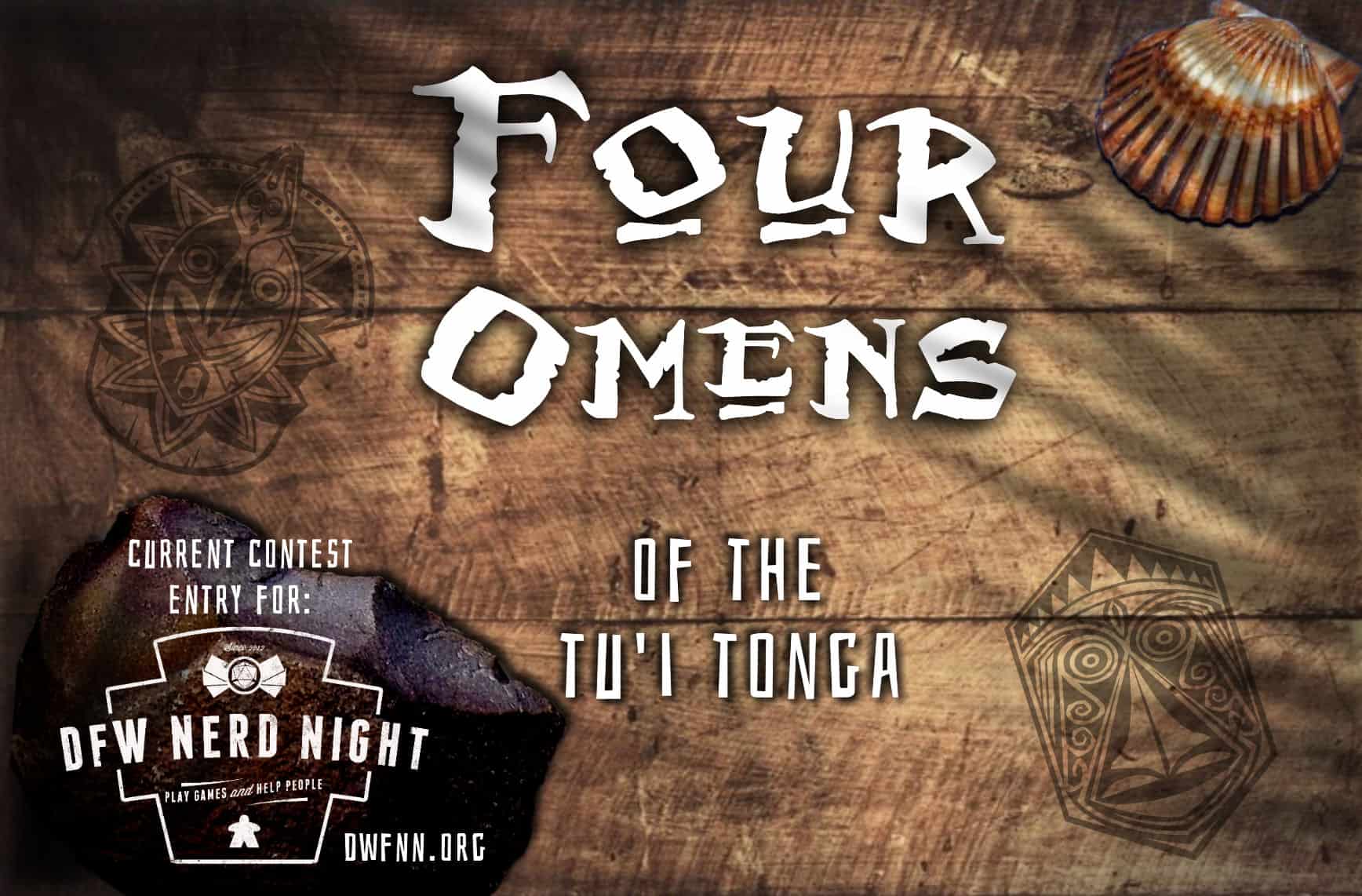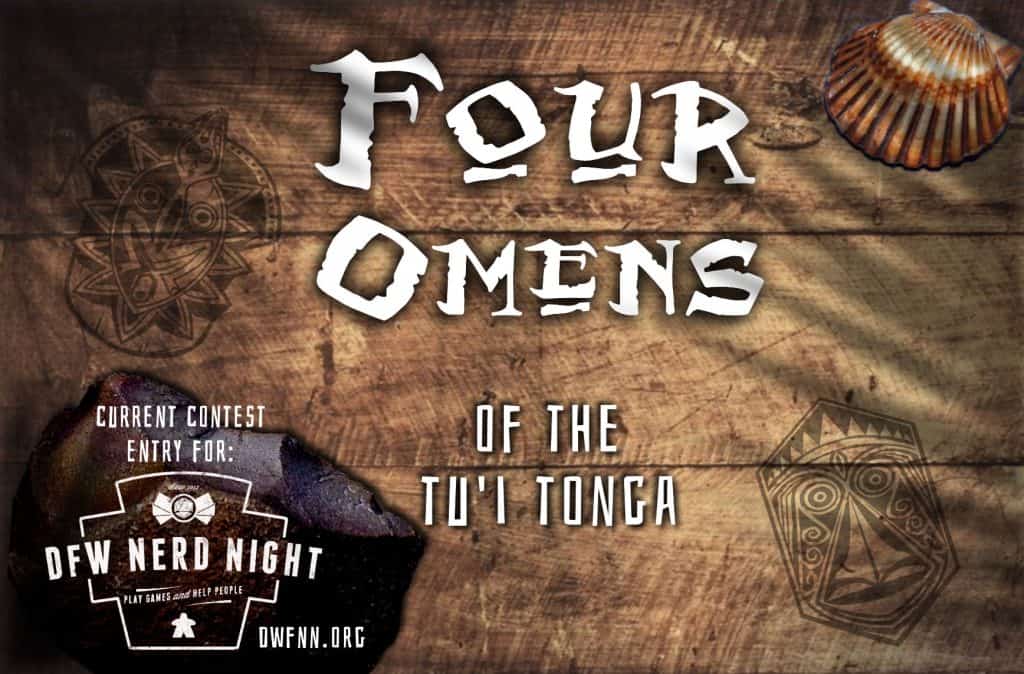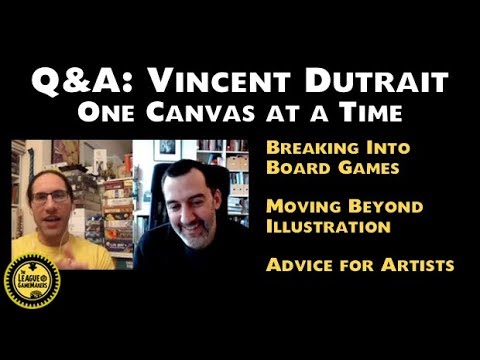
Part 3 of a 3 part series on the DFWNN Design competition – perspectives from two League of Gamemakers design teams! Here’s a link to Part 1 and Part 2.
—
The submissions are in, the judges are deliberating, and even though we don’t know how our game will fare in the DFW Nerd Night design contest, we already feel like we won. In this, my final blog covering our work on a game designed components first, I will recap our expectations and see how we did in comparison to what we set out to do, I will share one major design change that didn’t stick and why and I’ll share the how to play video we submitted for the contest. As was true in the first two segments, you can find Jasmine Davis’s vlogs about her design journey at the end of this post.
SWEET EXPECTATIONS
In my first blog of this series, I laid out our two goals in entering this contest.
1. One tight, new mechanic
2. Depth in spite of limited components
I am confident that we accomplished these goals, and that why I say I feel like we won.
IT’S IMPORTANT WHEN ENTERING A CONTEST TO DEFINE YOUR GOALS-
and for those goals to be more than winning in the opinion of the judges that looked at your game. As for the first of our goals, we created and developed the mechanic of using cards for double duty – both the resources and the developments. In borrowing aspects from Ticket to Ride, Catan, 7 Wonders, and San Juan (which I only learned of after designing our game), we designed a game unique from those four great games. We have always been theme first designers. Always. Mechanics were a bit of an after thought. We didn’t know how to classify a lot of our games because the mechanics didn’t “fit” a type, they just fit the theme. And I liked that. But for this game, we very much enjoyed working mechanics first. You may not realize from reading these blogs because in my describing the game, I still talk within the world of the theme. But our design work was driven by the mechanic and that was fun! It resulted in what I believe is a tight mechanic and definitely new to us. Goal #1: accomplished.
As for the second goal, the tight mechanic coupled with our love for theme and the thematic research we put into it, this game resulted in having a very in depth feeling. And all it contains is 72 cards, 4 player tokens and 4 score tracking pieces. It’s small. But the world in the game is big! Players enjoy a depth in decision making and the civilization you get to create is so different every time, so colorful. I’m very proud of how big this game feels with how small it actually is. Goal #2: accomplished.
ONE THING THAT DIDN’T STICK
I feel like this article could stop there and I’d just show you the video now. But there is one major aspect to the design that almost made it in the final game, but didn’t. And I think it’s interesting enough to discuss. If you read the Part 2 of this series, you’ll remember our use of a “warrior,” now called a “scout,” token to guard resources for you between turns. You place this token on an available resource and no one can take it. Well, for a short while we considered a second use for the scout. Here is the quote from the rule book where it was written in before we removed it:
“If you do not build, instead of guarding a resource, you can send your scout to “scout” another village. Place your scout token on one development card in another player’s village. You may use this card’s name and ability for your next turn. You do not gain any benefits of its development type, resource, or victory points (aside from VP associated with the ability). There may only be one scout on any one development card at any time.
Notes: cannot guard warrior, palisade wall, stone wall”
Why We included it.
In a play test, one player lost, and wished he had been able to interact with the other players a bit more in order to catch up by getting more points or taking our points away. Truth be told, the other players had a more cohesive vision and strategy which translated into scoring more points. But we didn’t want him to feel like he had a bad game. Seth Jaffee had recently written about the designer’s responsibility to ensure a good play experience.. And a follow up article about keeping players engaged even when they’re losing. With these two articles of wisdom in our brains, we looked at our friend’s bad game and decided to take it upon ourselves to fix our broken game.
Now, we refused to allow anyone to destroy another player’s development, but we had an idea to “borrow” cards and abilities from other players with the pre-existent “scout” piece. We really struggled with the question:
HOW MUCH SHOULD YOU TRY TO CHANGE YOUR DESIGN BECAUSE SOMEONE HAD A BAD GAME?
So, we added this new element. We played with it and it added 30 minutes to an already 60 minute game. So, we had to wrestle with whether or not to leave it in the game.
Reasons to keep it:
It offered more player interaction.
It provided a feeling of being able to catch up or make a dynamic play.
It gave access cards and abilities when you simply couldn’t encounter them otherwise.
Reasons to take it back out:
It added a half hour to the game.
It caused major analysis paralysis and consequently the game lost it’s quick decision rhythm.
It required a few caveat rules to make it gel with all cards which was a red flag that we were over developing.
It put the emphasis on using the scout to “scout”, and very little emphasis on guarding resource cards. We liked the guarding mechanic.
“Inflation” – it made cards less valuable, since in a four-player game, a card with a quantity of 2 could theoretically be used by everyone at once.
In the end, we took it out. And I have concluded that our one friend who had a poor strategy and lost bad didn’t reveal a broken game as much as just revealed that you need a strategy in order to win. I am not so arrogant as to think our game is perfect after three weeks of design work, and perhaps as we continue work on it, we’ll be able to better ensure someone has fun even when they’re behind, but scouting was not the answer.
THE FINAL SUBMISSION
So, without the added scouting action, we submitted our game to the judges. And without any further ado I will now introduce you to –

Islanders! The wise Tu’i Tonga, or Tonga King, has received a premonition. Strangers from across the expanse of the waters are coming. Their arrival will disrupt your way of life, and threaten your land and people. The gods will send four omens to forewarn of their arrival. Send your most skilled navigators out to the islands to gather Polynesia’s best resources. Develop your society and culture before the final omen! The stronger you are when the strangers come, the better chance you have of passing on your culture to generations to come!
JASMINE’S VLOGS
Jasmine and Pete designed Pandalism, a game about street art, pandas, and destruction. In this video, they show off how the game is played:
Jasmine also wrapped up the contest with a final vlog that explains some of the changes they made, what’s going to happen to the game next, and how the whole process went.
`








